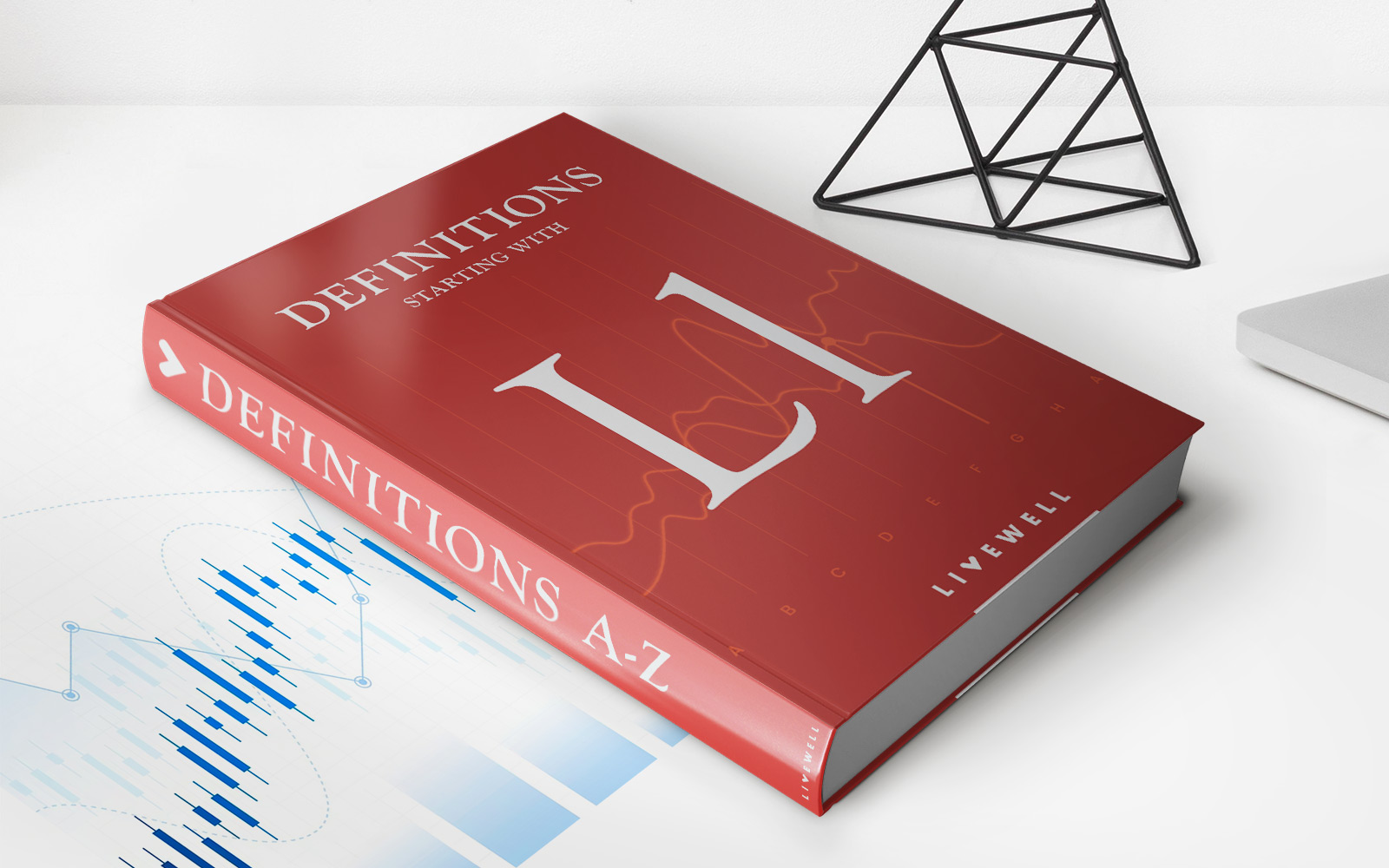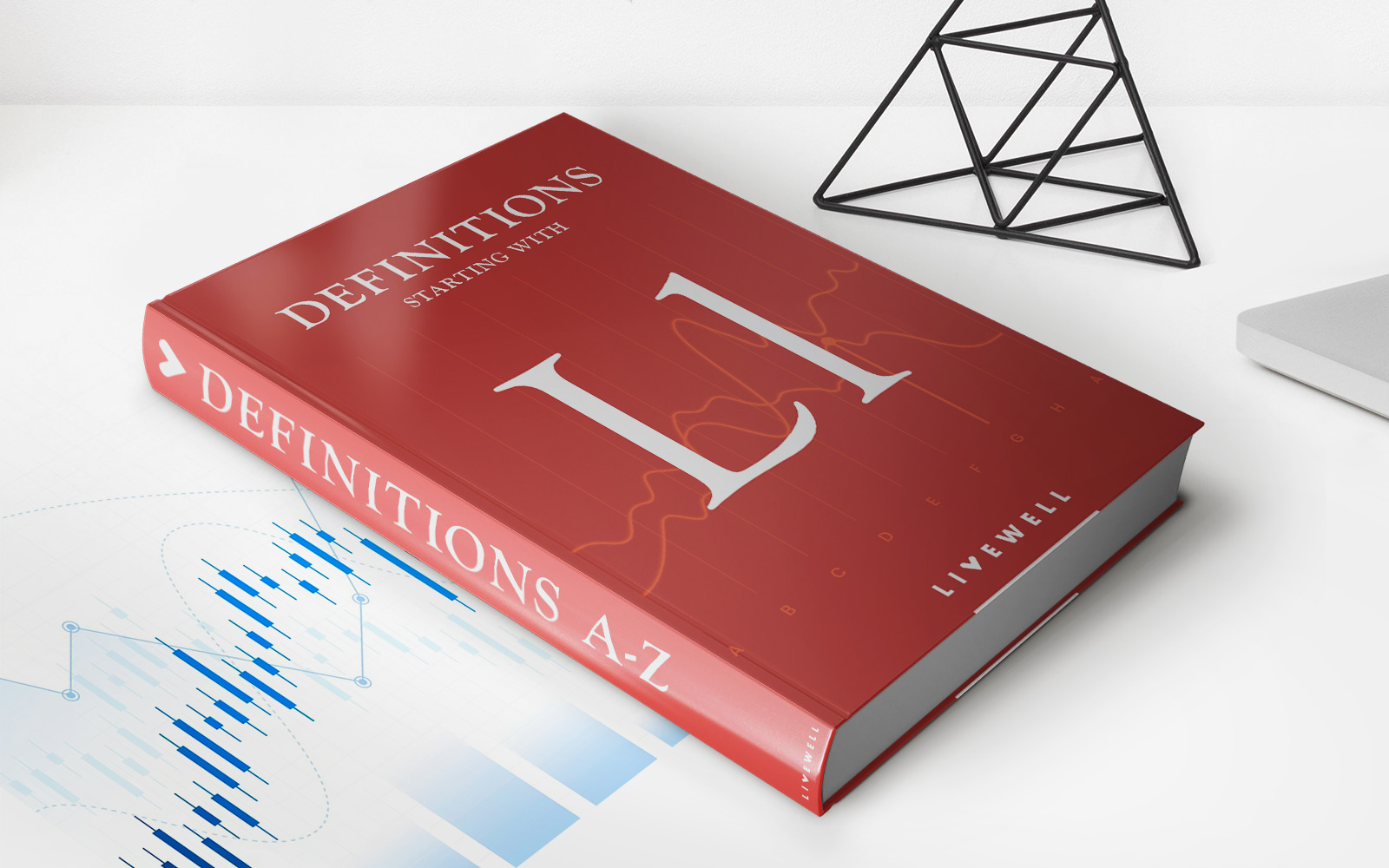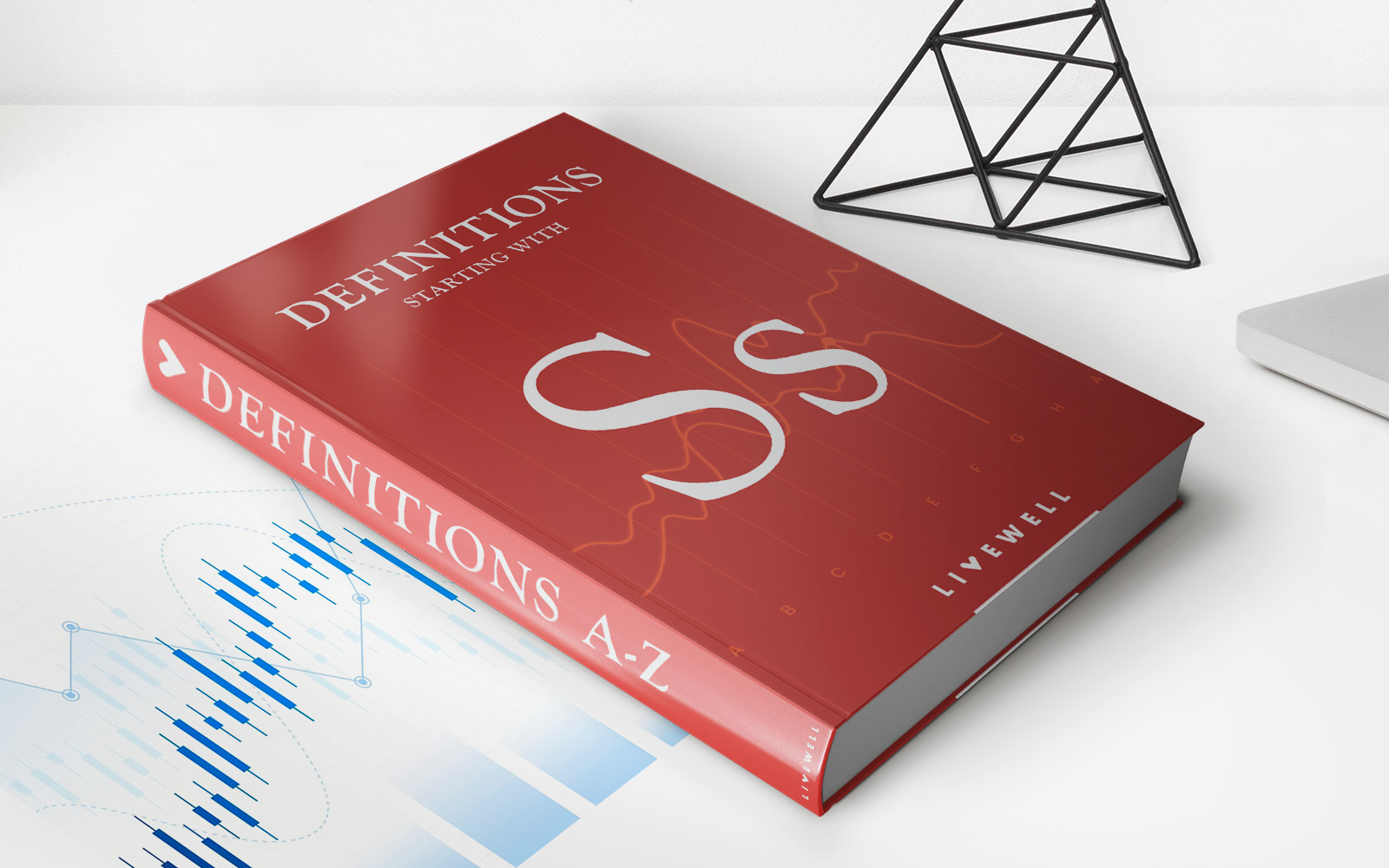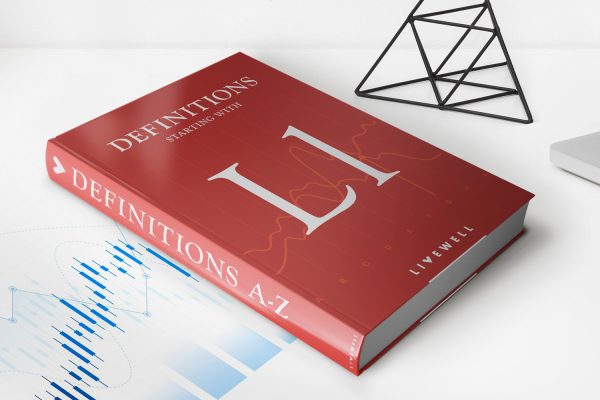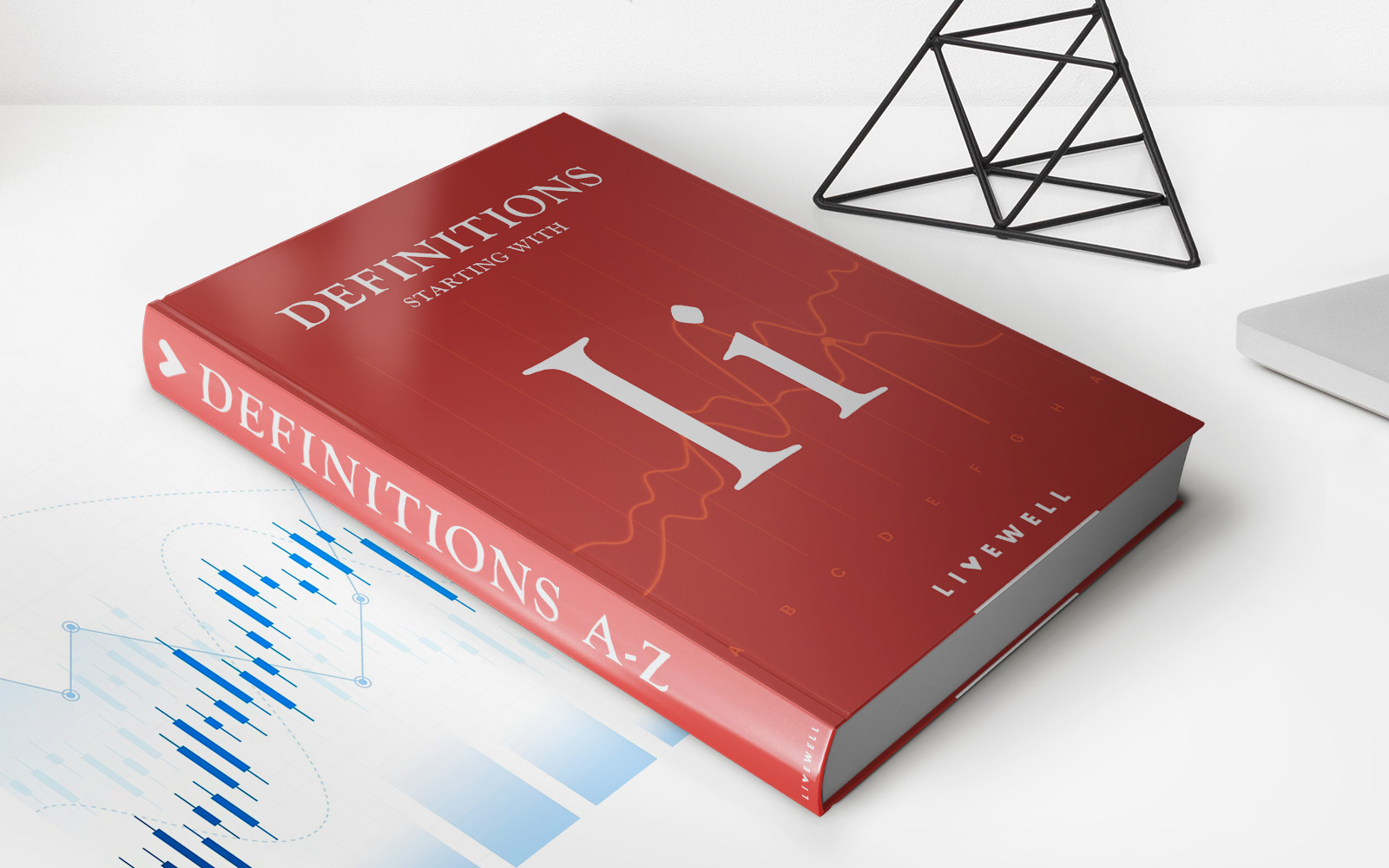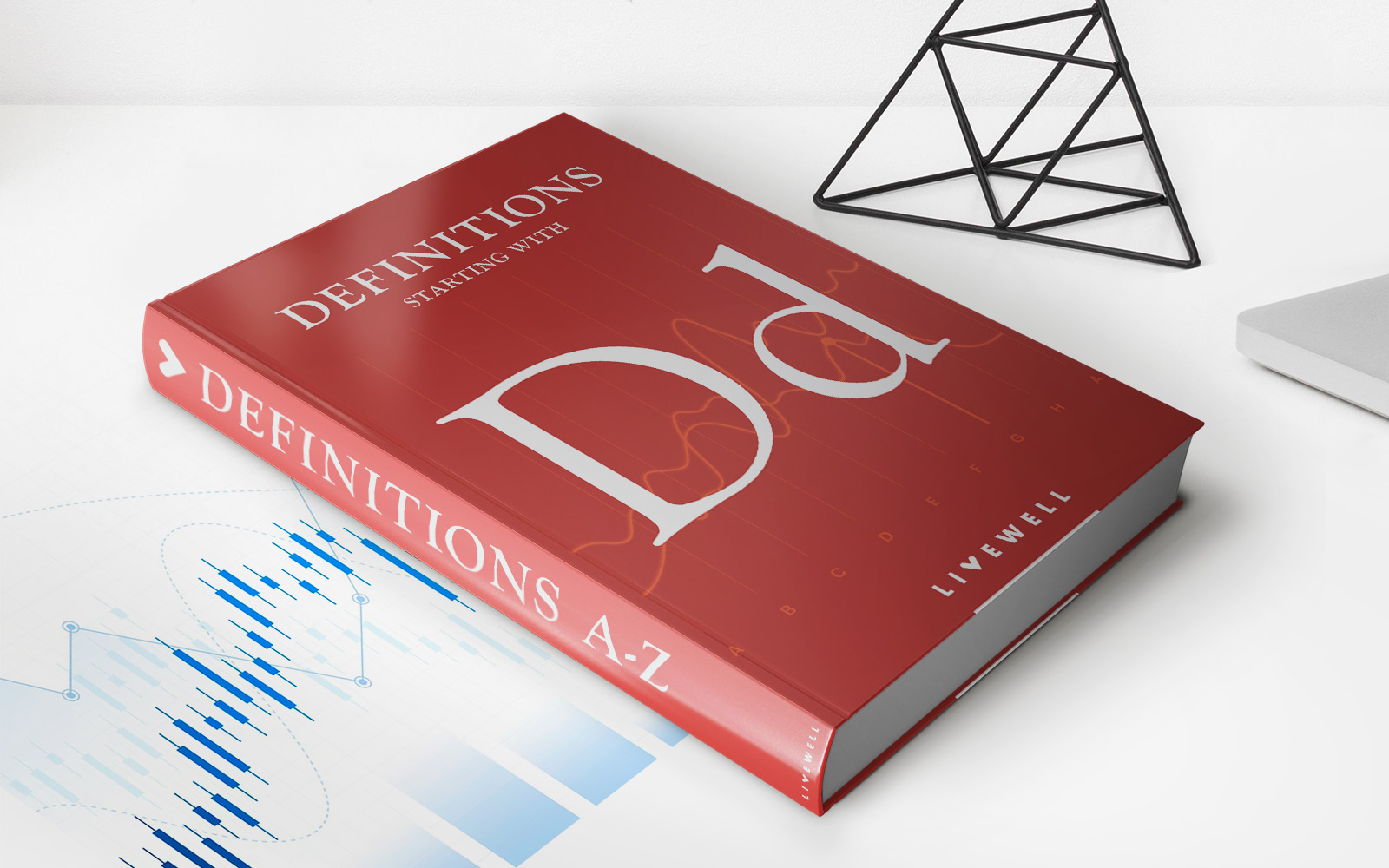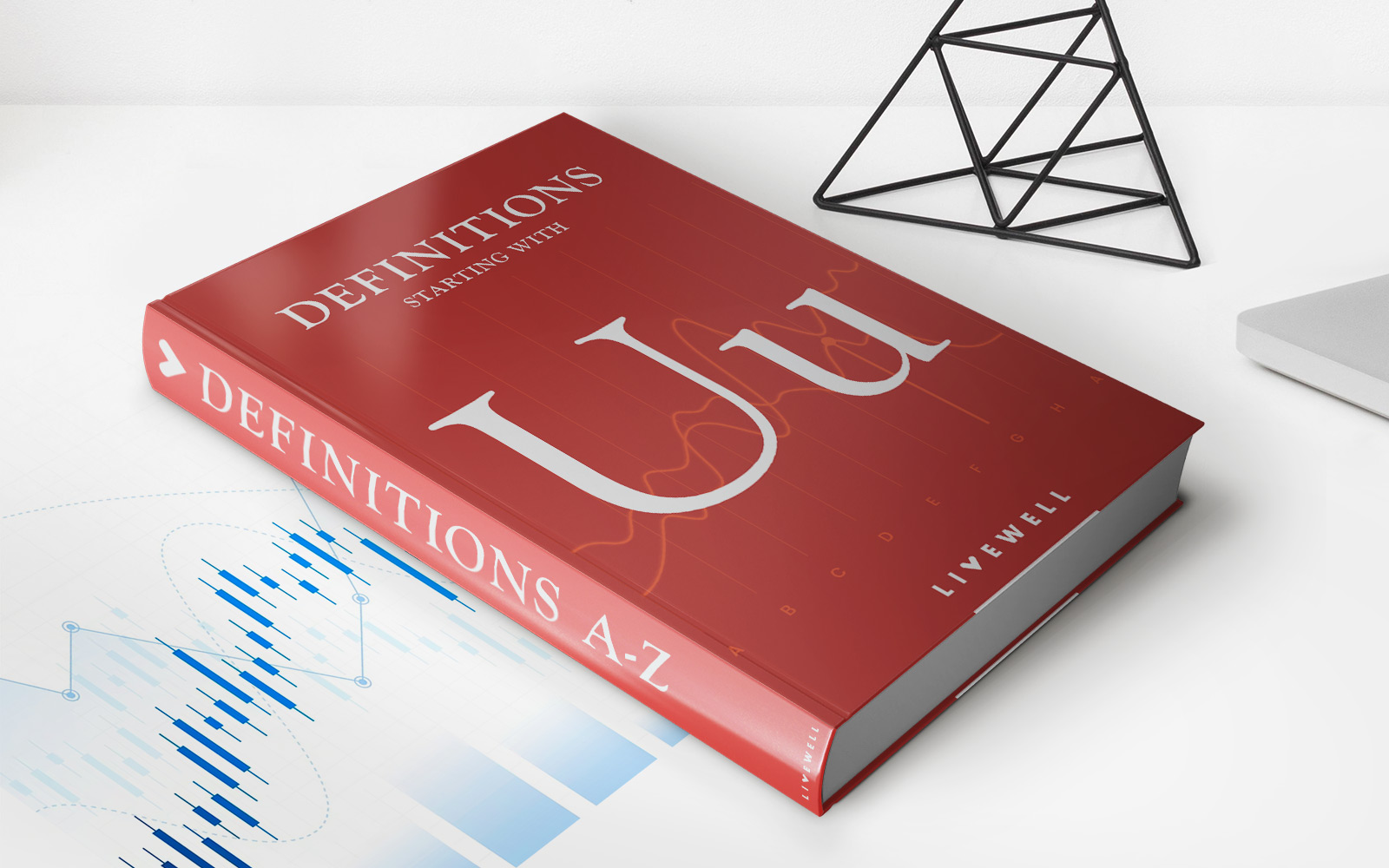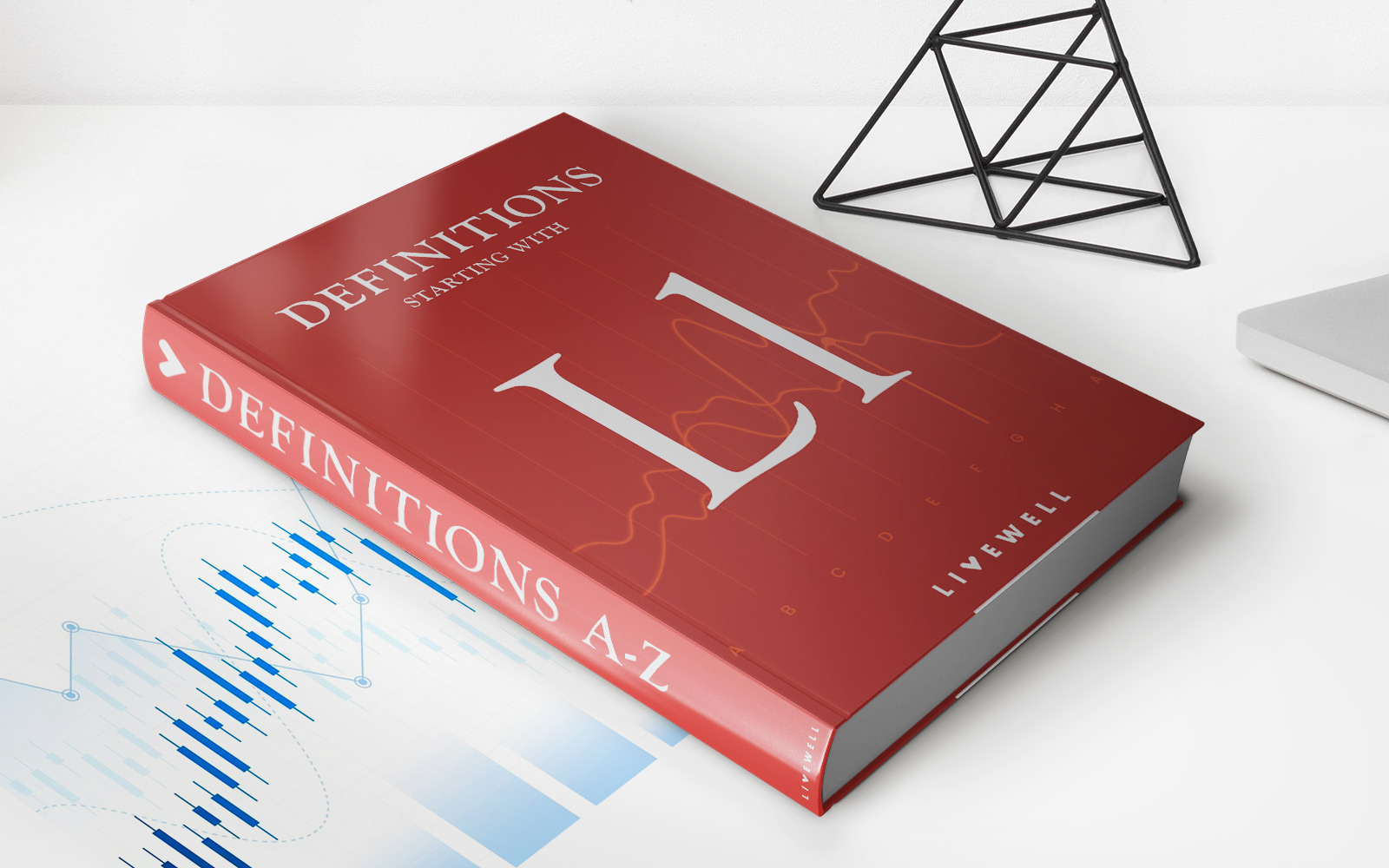

Finance
Labor Intensive: Definition And Examples
Published: December 16, 2023
Learn about the definition and examples of labor-intensive industries in finance. Understand how these industries rely heavily on human capital and manual labor for their operations.
(Many of the links in this article redirect to a specific reviewed product. Your purchase of these products through affiliate links helps to generate commission for LiveWell, at no extra cost. Learn more)
What is Labor Intensive? Definition and Examples
When it comes to managing finances, understanding different business concepts is essential. One such concept that plays a crucial role in financial decision-making is labor intensity. If you’ve ever wondered what labor intensive means and how it relates to the world of finance, you’ve come to the right place! In this blog post, we’ll define labor intensity, explore some examples, and explain its significance in financial planning.
Key Takeaways:
- Labor intensive refers to industries or businesses that require a significant amount of human workforce to produce goods or services.
- The level of labor intensity can affect a company’s profitability, as it impacts costs, productivity, and efficiency.
So, what does it mean when a business is described as labor intensive? In simple terms, it implies that the company relies heavily on human labor to carry out its operations. Instead of relying on automation or advanced technology, labor-intensive businesses require a large workforce to produce goods or deliver services. This could involve physical work, such as assembling products, or service-oriented tasks, such as customer support or healthcare.
In labor-intensive industries, the cost of labor often constitutes a significant portion of the company’s expenses. The more workers required, the higher the wage bill and overall operating costs. For example, manufacturing companies that produce goods using manual labor will have higher labor costs compared to those implementing automated production systems.
Understanding the degree of labor intensity is crucial for financial planning. It affects a company’s profitability, as it can influence costs, productivity, and efficiency. Here are a few examples of labor-intensive industries:
- Textile Manufacturing: The process of creating fabrics involves several labor-intensive tasks such as weaving, cutting, and stitching.
- Construction: From building structures to infrastructure projects, construction heavily relies on manual labor, from carpenters to electricians.
- Healthcare: The healthcare industry depends on skilled healthcare professionals, nurses, and doctors to provide personalized care and medical services.
- Hospitality and Food Service: Restaurants, hotels, and catering businesses require a large number of staff to provide services ranging from cooking to serving customers.
- Agriculture: Farming, including planting, harvesting, and crop maintenance, involves considerable physical labor.
While labor-intensive businesses may face challenges such as increased labor costs and fluctuations in workforce availability, they often provide significant employment opportunities and contribute to economic growth.
In conclusion, labor intensity refers to industries or businesses that rely heavily on human labor to carry out their operations. Understanding labor intensity is crucial for assessing costs, productivity, and efficiency, especially when planning finances. By recognizing the significance of labor intensity and its impact on various industries, individuals can make informed financial decisions.

